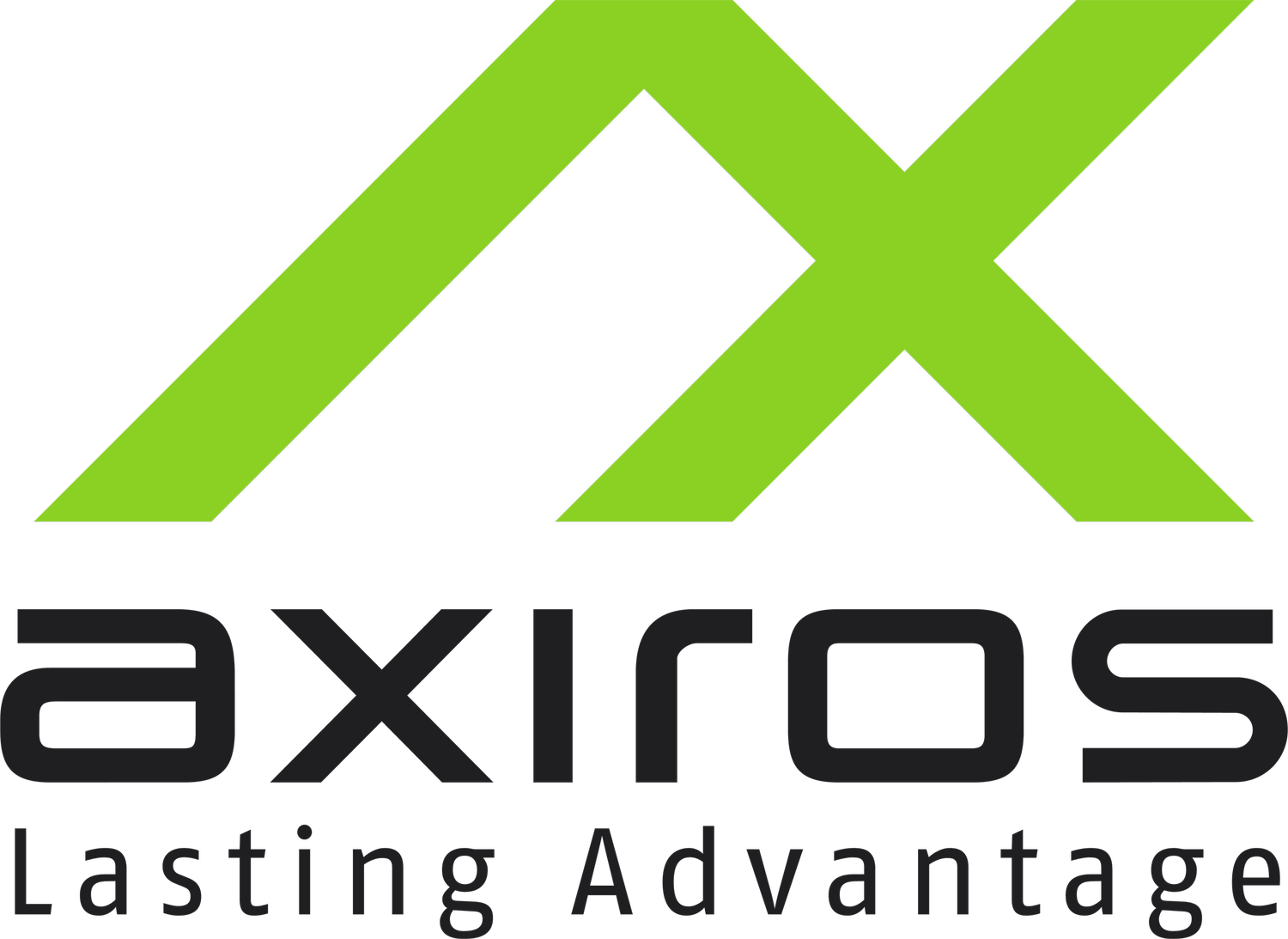The Impact of MIMO on Multiple Access
The 802.11n standard provides for the use of MIMO (Multiple Input Multiple Output) technology, on the basis of which can be implemented one of the following options:
SM - Spatial Multiplexing - increase of spatial streams and also transmission speed (implicitly contained in the MCS indicator)
STBC - Space-Time Block Codes - increase of transmission quality with special coding schemes
The STBC option is also implicitly contained in the MCS index: if the transmitting device has two or more antennas, but the receiving device doesn’t have any, or its channel quality does not allow to use multiple spatial streams, then indices from 0 to 7 imply the use of STBC.
In this case, we can expect a conflict in collision resolution with devices that don’t use MIMO.
When STBC is transmitted (it is a tested AP option in ‘802.11n’), 802.11n provides coexistence mechanisms when non-STBC clients are in the vicinity. The ‘dual beacon’ and ‘dual CTS’ options essentially transmit those frames twice, once with STBC and once without, so non-STBC devices can receive the beacons and set their NAV appropriately: the CTS protection mechanism works in the usual way.
Conclusion: MIMO doesn’t have any impact on multiple access mechanisms.

